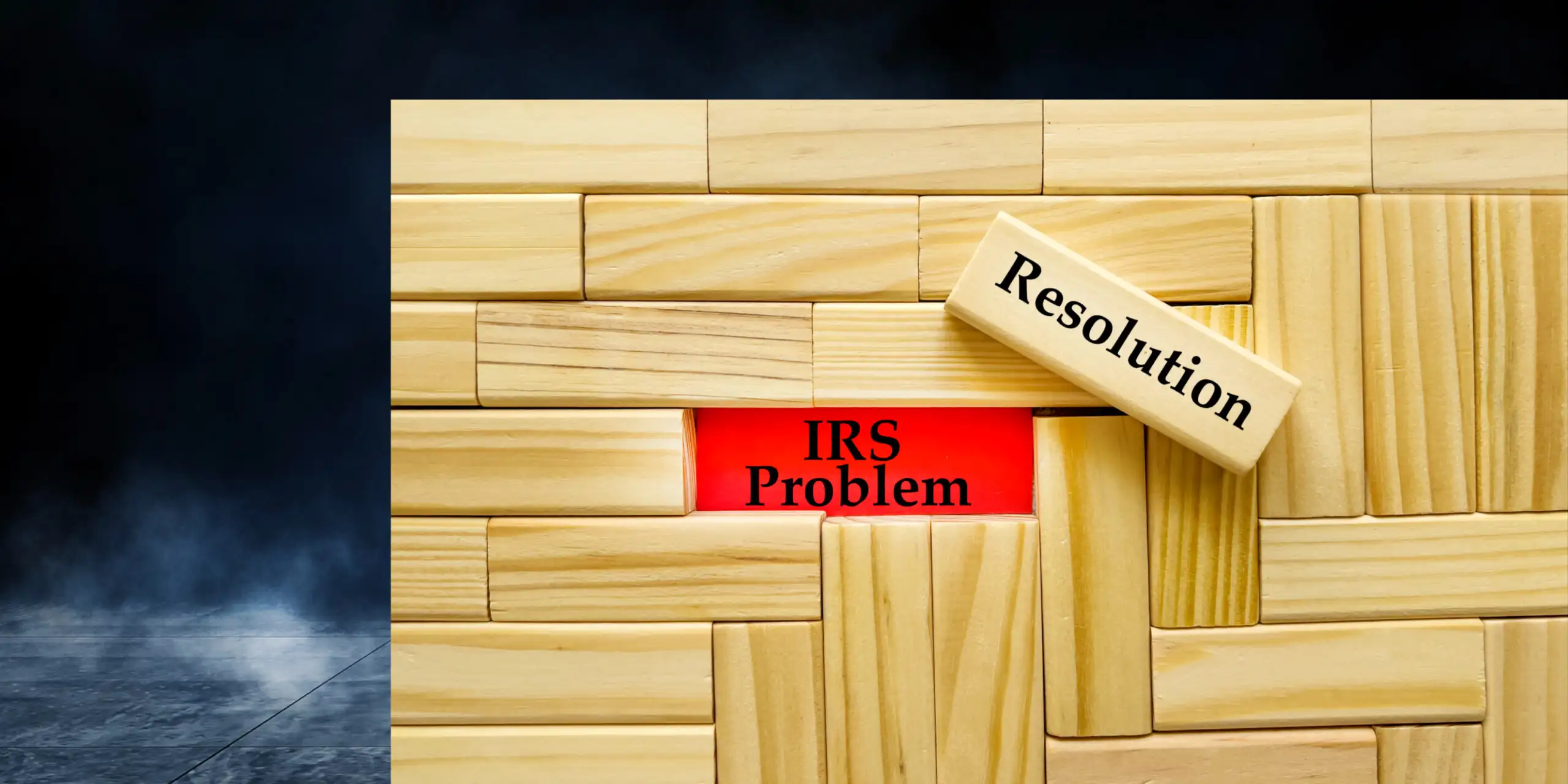Just imagine the dread that washes over you when you receive a notice from the IRS about a potential levy. But fear not, understanding the timeline can help alleviate some of that anxiety. In this post, we will research into the intricacies of how long it actually takes for an IRS levy to go into effect after you receive that dreaded notice in the mail.
Key Takeaways:
- IRS Levy Process: The IRS must give you a Notice of Intent to Levy at least 30 days before the levy takes place.
- Response Time: You have the right to appeal the levy within the 30-day timeframe by requesting a Collection Due Process hearing.
- Effective Date: The IRS levy goes into effect after the 30-day notice period expires, unless you take action to stop it.
- Impact on Assets: Once the levy is in effect, the IRS can seize and sell your property to satisfy the tax debt owed.
- Seek Professional Help: It’s important to consult with a tax professional or attorney if you receive an IRS levy notice to understand your options and possible courses of action.
Receiving the Notice
What to Expect from the IRS
The moment you receive a notice from the IRS, it can be unsettling. Typically, the notice will include details about the amount owed, the reason for the levy, and steps you can take to resolve the issue. Take a deep breath and know that you have options.
Reading Between the Lines: Deciphering the Notice
Any notice from the IRS may seem intimidating at first glance, but it’s crucial to read between the lines. Look for specific instructions on how to respond, deadlines for action, and any additional documents required. Understanding the notice is the first step to addressing the levy.
With a close examination of the notice, you can identify the type of levy the IRS is planning to impose. Assess the urgency of the situation and reach out for professional help if needed. It’s better to tackle the issue head-on rather than ignoring it and facing potential consequences.
Timeline of an IRS Levy
From Notice to Seizure: How Long Does it Take?
One crucial question that often arises when dealing with an IRS levy is how long it takes for the process to unfold from the moment you receive a notice to the actual seizure of your assets. The timeline can be stressful, and understanding it can help you prepare for what lies ahead.
Factors Affecting the Timeline
Seizure of your assets by the IRS can vary in duration based on several factors:
- Your responsiveness to IRS communications
- The complexity of your financial situation
- The specific actions taken by the IRS
The duration from receiving a notice to the actual seizure of assets can be influenced by various factors. Responding promptly to IRS notifications, simplifying your financial information, and being aware of the IRS’s procedures can help speed up or delay the process. Perceiving these factors can help you navigate the timeline effectively.
What You Can Do
Responding to the Notice: Your Options
One important thing to do when you receive an IRS levy notice is to respond promptly. You have several options, including requesting a collection due process hearing, proposing an installment agreement, or submitting an offer in compromise.
Preventing the Levy: Possible Solutions
For those looking to prevent an IRS levy, there are a few possible solutions. One option is to reach out to the IRS directly to discuss payment arrangements or negotiate a settlement. It’s also advisable to seek help from a tax professional who can provide guidance on the best course of action to take.
Notice that taking proactive steps to address your tax issue can often prevent an IRS levy from going into effect. By exploring different solutions and seeking assistance when needed, you can work towards resolving your tax debt before it escalates to a levy situation.
Conclusion
With this in mind, it is important to act promptly upon receiving an IRS levy notice, as it can go into effect as soon as 21 days after being issued. Taking immediate action by contacting the IRS to resolve any outstanding tax issues can help prevent the levy from being enforced on your assets.
FAQ
Q: How long does it take for an IRS levy to go into effect after receiving a notice?
A: The timeline for an IRS levy to go into effect after receiving a notice can vary, but typically it could be within 30 days. It’s important to act promptly to address the issue and avoid serious consequences.
Q: What is an IRS levy?
A: An IRS levy is a legal seizure of your property to satisfy a tax debt. This could include wages, bank accounts, or other assets. It’s a serious matter that requires immediate attention.
Q: How will I know if the IRS is going to levy my assets?
A: The IRS will send you a written notice informing you of their intent to levy your assets. This notice will provide details on the amount owed, how to respond, and your rights as a taxpayer.
Q: Can I stop an IRS levy from going into effect?
A: Yes, you can stop an IRS levy from going into effect by taking action. This can include paying the amount owed, setting up a payment plan, or negotiating a settlement with the IRS.
Q: What should I do if I receive a notice of intent to levy from the IRS?
A: If you receive a notice of intent to levy from the IRS, it’s crucial to act quickly. Contact the IRS to discuss your options, seek professional help if needed, and take steps to resolve the tax debt to prevent the levy from going into effect.
















